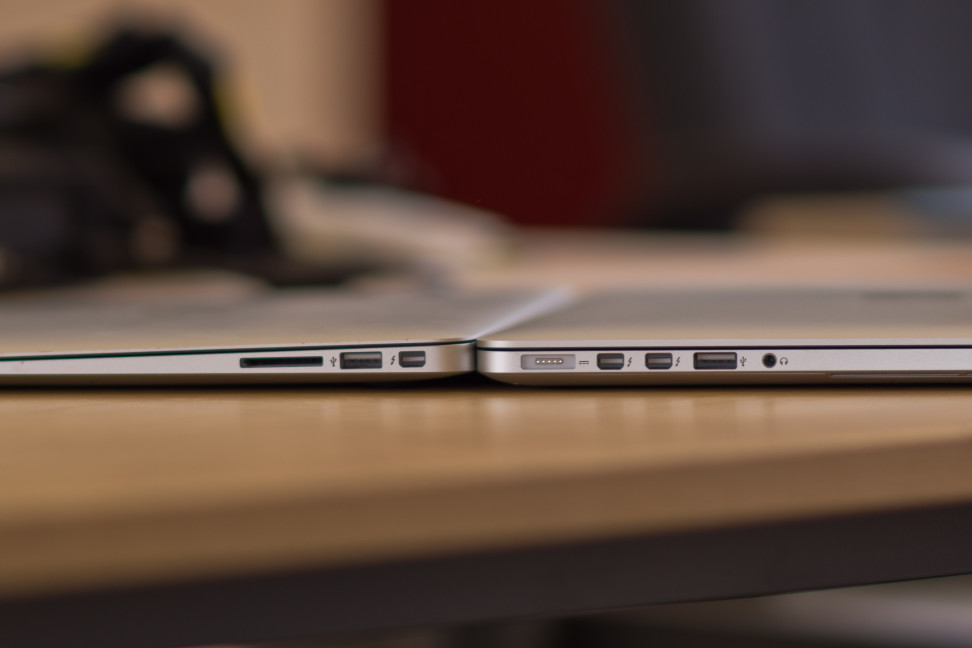According to reports, Apple may be working on a major redesign of the MacBook Pro, and while the next generation of professional MacBooks might not be revealed until 2017, Taiwanese tech news site DigiTimes is supporting the rumors, and hinting at a full redesign that will make the MacBook Pro even more paper-thin.

The keyword here is: metal-injection. Apple is no stranger to the process of manufacturing impossibly tiny metal parts to be integrated into its hardware. The image-stabilization mechanism in the iPhone 6 is proof of Apple’s prowess in shrinking electronic components down to microscopic sizes.
To this effect, Apple may be looking into metal-injection mold-making, to manufacture hinges for the MacBook Pro, that would make the laptop, not simply “thin”, but “insanely thin”.
If the process of metal injection sounds familiar, it’s because Apple does not have the exclusive on the manufacture of ultra-thin computing devices. Amphenol, a supplier of metal-injection components, is not only rumored to be a supplier for Apple’s next generation MacBook Pro assembly lines, it was also one of the suppliers who built the hinges for the Surface Pro 4.
The new laptop, rumored to be announced at the WWDC 2016, though unlikely for various reasons which we’ll explain next, is expected to be powered by an updated 6th generation Intel Core CPU, Thunderbolt 3, and USB Type-C connectors.
Why is it unlikely that the next Big Mac announcement won’t be about the MacBook Pro? First of all, every major upgrades to a product line, typically, follows the same pattern, which is a price cut on existing product lines, as it just happened with the 2016 refresh of the MacBook Air, followed by a life-size keynote presentation, the likes of which we haven’t seen since the 12.9 inch iPad Pro unveiling.
Second, Apple is not going to cannibalize a product like the MacBook Pro, with something so incredibly more exotic and powerful, unless the Cupertino tech giant zeroes down to an air-tight formula to safely taper down demand for the existing MacBook Pro, whose specs are still quite enough for enterprise customers and power users.
Finally, the only possible way to truly revolutionize the MacBook Pro, is to take a page from each of the thousands of extravagant patents in Apple’s cache, and design something that future MacBook Pro buyers will have no choice but to flock to, in a similar way as the momentum created by Microsoft’s Surface devices.
By this token, Apple will need something extraordinary to keep consumers interested in the next few years, as, believe it or not, Microsoft is doing an excellent job at competing with Apple, with devices that, while may not be as visually striking and iconic as Apple, they are functional, practical, and powerful, as well as versatile.